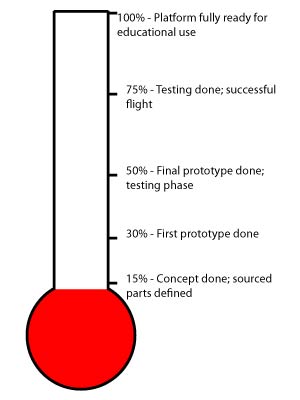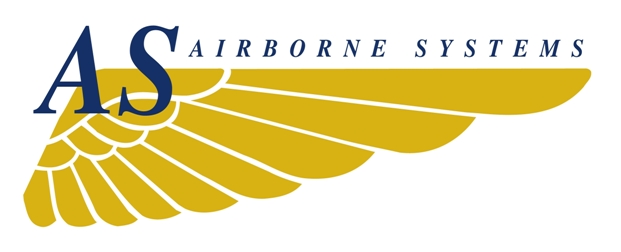MEAM.Design - Senior Design - Team 04 - Balloomerang (Alex, Glauber, Joey, Julio)
The Ballomerang project
Sponsored by:
We are designing and fabricating a near-space balloon for use in future MEAM-245 labs. The balloon will have three unique capabilities. First, a software package will be created to facilitate prediction and analysis of the balloon flight. Second, the balloon will have an active altitude control system, enabling it to stay at a desired altitude. Third, the balloon will be able to predict potential landing areas, determine the best time to begin descent, and descend autonomously controlling a parachute to the chosen landing site.
Many of the components of the balloon will be off the shelf, such as the communications, balloon, and parachute. We will focus on the three aforementioned capabilities since near-space ballooning is a relatively established field.
The software package will allow the user to examine the effects on the balloon flight of varying amounts of helium, different wind speeds and weather conditions, and different balloon shapes. CFD software will be used to acquire some of the data needed for the model, such as drag coefficients. The results from the software predictions will also be used to help program the controls for the height control and parachute.
The height control system will consist of a valve to release helium from the balloon and also a valve for ballast, most likely sand due to the low temperatures expected. The system will try to use as little material (helium/sand) in order to maintain a constant altitude within the band of reverse-direction wind.
The guided parachute will have at least two servos or actuators pulling cords connected to the parachute, allowing yaw and pitch control. There will be an onboard microcontroller, controlling the detachment of the payload from the balloon and the servos. It will be able to communicate with the onboard GPS, allowing it to steer towards the desired landing site.

We have completed prototypes of computer-controlled valves for the altitude control system, as well as some instrumentation. A first draft of the prediction software has also been written. To facilitate progress, we have assigned each team member a subsystem. Alex is working on the software model, Joey is working on the CFD analysis, Julio is focusing on the height control, and Glauber is working on the parachute system.
Part 1 - Documentation
(:toggle label="1.1 - Official documents" hide part01:)
Part 2 - Subsystems
(:toggle label="2.1 - CFD analysis" hide part02:)
(:toggle label="2.2 - Software model" hide part03:)
(:toggle label="2.3 - Altitude control" hide part04:)
(:toggle label="2.4 - Parachute control" hide part05:)
Contact
Team
Joey Kleindienst - josephdk@seas.upenn.edu
Glauber Mosqueira - glauber@seas.upenn.edu
Alex Nakahara - alexhn@seas.upenn.edu
Advisor
(:commentboxchrono:)
